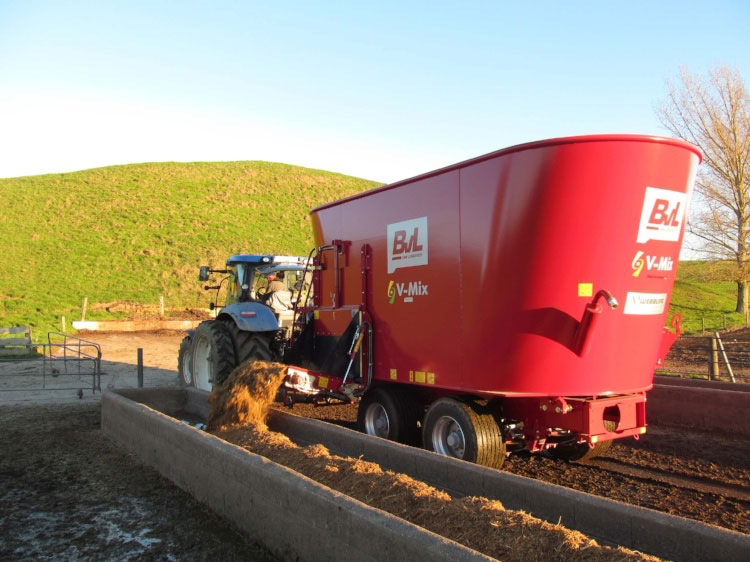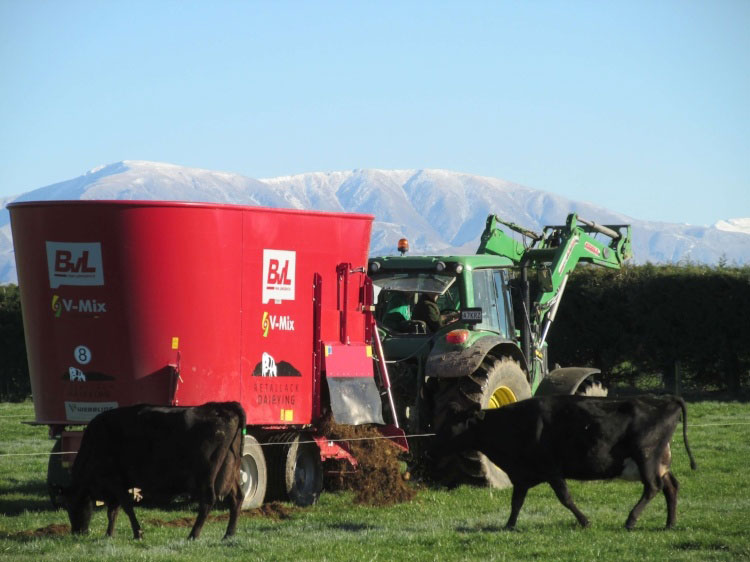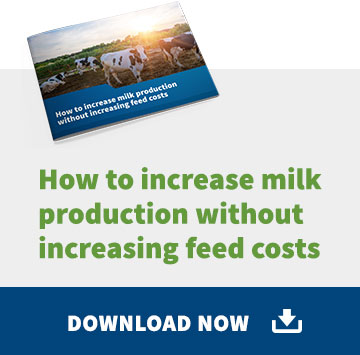When you’re up to your Red Bands in muck and debt, it’s hard to judge whether spending even more money is really going to pay off in farm income and efficiency. In this blog we explain how investing in a mixer wagon can be a smart move and financially worthwhile.
To learn more about how a mixer wagon can help improve your overall herd health, increase your milk production and overall dairy efficiency, download our new eBook here.
Many factors influence farm production. In the dairy sector, key ones are feed quality, animal health, frequency of milking, and environmental factors such as the herd’s living conditions.
Ensuring your herd’s feed has the right mix of nutrients and minerals is critical to maintaining healthy cows and maximising milk production. The danger though is that such additives can reduce palatability, meaning cows take longer to feed. This also increases the risk of selective feeding by dominant cows.
The best way to improve the volume and milk consistency of your herd is by using a mixer wagon. These measure each ration so it includes the correct amount of minerals while still ensuring palatability.
Mixer wagons can be an expensive piece of kit, but the payoff is that they provide a partially mixed ration over the day, so your cows have the correct balance of energy, protein, fibre and minerals, and a healthy rumen environment. Feed is more digestible, which increases intake, reduces disease, and boosts milk production.

Using a mixer wagon will improve animal health, thereby increasing production. Each animal will receive the optimal mineral intake, resulting in reduced metabolic disease, earlier cycling, better facial eczema control, and more days in milk.
Transitional cow health will also improve. This is because a mixer wagon allows excellent management of the feeding of grain/starch, sugars, anionic salts, rumen modifiers (ionophores), magnesium, lime, salt, pH buffers, microminerals and mycotoxin binders. Separation and segregation of different feed ingredients, particle size and modes of action is reduced, as is non-eating and selective feeding.
Dry periods and lead feeding are critical times in a cow’s lactation cycle. Poor feeding, low appetite and high DCAD diets during these times can produce sick, unprofitable cows. Mixer wagons allow better and quicker adaption to feeds tailored for milking – the anionic salts, micro-minerals and ionophore intakes are well masked to avoid rejection. At this critical time, no other feeding system matches a mixer wagon’s performance.
To learn more about how a mixer wagon can help improve your overall herd health, increase your milk production and overall dairy efficiency, download our new eBook here.




